Phipps Plaza opened in 1969 with marble floors, mahogany paneling, and Saks Fifth Avenue as its lead tenant, at a time when that kind of retail setup was rare in the Southeast.
In 2025, the mall is still there, but its role has shifted. A Legoland replaced the food court. Belk left. Nobu moved in.
Loewe joined a roster that already includes Hermès, Balmain, Celine, and many others. These aren't short-term pop-ups - they're long bets on who's still shopping here and why.
If you're trying to understand how upper-tier retail holds its footing while malls across the country shrink or stall, this is where you start. Phipps Plaza didn't disappear. It reconfigured.
The Early Years - Building a Southern Shopping Landmark
It started with a quiet land deal.
In 1966, Ogden Phipps paid under $600,000 for a tract of property in Buckhead, back when Atlanta was still establishing itself as a city that could think nationally.
By 1969, that land had become Phipps Plaza - a two-level shopping mall with marble floors and mahogany walls, right in the middle of a neighborhood that was starting to take itself seriously.
This wasn't a place built for crowds. It was built for calm.
Saks Fifth Avenue and Lord & Taylor opened as the original anchors, and the message was pretty clear: if you needed coupons or food courts, try somewhere else.
These stores didn't aim to surprise - they delivered what their customers already knew they wanted: luxury, consistency, and space to shop without a soundtrack.
The layout followed that logic. There was no neon, no gimmicks, just wide staircases, soft lighting, and stores that didn't need billboards to be recognized.
People didn't go to Phipps Plaza to browse. They went because they had a reason to be there, and that alone made it feel different.
By the end of the 1970s, you could already tell it had settled into its role.
It wasn't competing with Lenox Square across the street - it was operating in a separate category.
The shops stayed, the leases renewed, and the carpet didn't change - not because it had to, but because it worked.

Anchor Deals and Retail Realignment - Shifting Tenants, Shifting Strategy
By the early 1990s, Phipps Plaza needed a recalibration.
It wasn't losing ground, but the broader Atlanta retail market was changing fast.
In 1992, Simon Property Group stepped in, acquiring the mall for $488 million.
That deal came with more than just new ownership - it came with a new plan.
Simon pushed ahead with a $141 million renovation and expansion, adding a third anchor: Parisian, a Birmingham-based department store owned by the same parent as Saks Fifth Avenue.
Parisian opened in 1992 as part of the expanded wing.
The rollout was timed tightly. Their flagship Atlanta location landed at Phipps, while another popped up the same year at Town Center at Cobb.
Then came Gwinnett Place in 1993 and Northlake in 1994.
Phipps Plaza also gained a 14-screen AMC theatre and a full food court as part of this phase.
The mall was growing physically, but it didn't lose its identity.
Materials stayed high-end, and new elevators went in without trading away square footage.
But the anchor shuffle wasn't over. In 2004, Lord & Taylor closed after 35 years.
That left an opening, and by March 2005, Nordstrom had moved in, marking its third Atlanta-area location.
Two years later, in 2007, the Parisian name disappeared too.
Belk, which acquired the Parisian chain in 2006, rebranded the store under its name that fall.
So, in less than 15 years, Phipps went from two original anchors to a new lineup built around Saks, Nordstrom, and Belk.
None of it was cosmetic. These were square-footage shifts, brand overhauls, and traffic recalculations.
Through all of it, Simon kept the property aligned with a customer who wasn't looking for deals but expecting stability.
Hospitality, Fitness, and Square Footage - Mixed-Use Conversion Begins
The next pivot came after Belk's exit. On November 13, 2017, the department store announced it would close its Phipps Plaza location by summer 2018.
One day later, Simon Property Group released a new development plan. The Belk space wouldn't sit empty.
A Nobu Hotel and restaurant, a 90,000-square-foot Life Time Athletic facility, a 300,000-square-foot Class A office tower, and a 30,000-square-foot food hall would replace it.
That announcement marked a change in Phipps Plaza's vision.
It wasn't abandoning retail - it was diversifying the reasons people came through the doors.
The Nobu brand brought global name recognition and a luxury profile.
Still, it also demanded a different kind of visitor - one who might stay overnight, hold meetings upstairs, or attend events nearby.
Construction moved in phases. The Nobu Hotel and restaurant were expected to open in late 2019.
Delays pushed back some targets, but the broader project stayed intact.
The Life Time Athletic space targeted the city's upwardly mobile residents and nearby office tenants.
By 2020, site plans showed how much of Phipps Plaza's original footprint had shifted to accommodate the mixed-use additions.
And yet, Saks and Nordstrom stayed. The core mall remained intact.
What changed was the context: foot traffic wasn't just coming from shoppers anymore - it included hotel guests, office workers, and gym members.
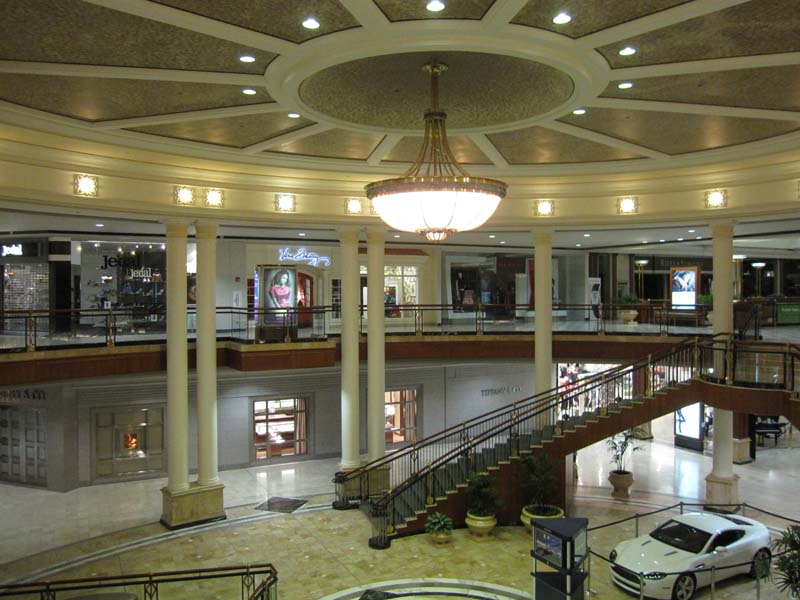
Luxury Leasing and Retail Recovery - Post-2020 Tenant Shifts
Between 2020 and 2023, Phipps Plaza underwent a reset that was broader than just construction timelines or project phases.
The core question was: Who's still shopping here, and why?
While other malls focused on occupancy rates, Simon Property Group added brands that were less about volume and more about staying power.
New leases went to Hermès, Balmain, Celine, Fendi, Etro, Brunello Cucinelli, Canada Goose, and Alexander McQueen.
These weren't pop-ups or seasonal showcases.
They were long-term deals made with retailers who calculated Buckhead still held a strong enough demographic to justify high rent and brand exclusivity.
Transitions, Openings, and Awards - Late Moves at Phipps Plaza
Some changes come with a press release. Others end with the lights turned off.
On December 28, 2024, Swiss fashion house Bally closed its store at Phipps Plaza.
The move followed its August acquisition by Beverly Hills-based Regent and ended a retail presence in Atlanta that stretched back over five decades.
Bally had opened at Lenox Square before relocating to Phipps in 2008.
But exits were matched with entries. On April 18, 2025, Loewe opened its 17th U.S. boutique inside Phipps Plaza.
The 1,250-square-foot space offers leather goods, women's ready-to-wear, eyewear, and accessories.
The interior, built on the Casa Loewe concept, includes peach and silver ceramic tile and curated art from the brand's international collection, such as works by Caragh Thuring.
It's the kind of store where the display is part of the message.
Recognition came from outside as well.
In February 2025, the International Council of Shopping Centers gave Phipps Plaza a U.S. Gold Award in its Global Design & Development Awards.
The win cited the mall's transition into a mixed-use property, specifically pointing to the One Phipps Plaza office tower, Nobu Hotel and Restaurant, Life Time athletic club, and the 30,000-square-foot food hall.
That same office tower earned a Sustainable Commendation for reaching LEED Silver certification.
Meanwhile, infrastructure work continued beyond the walls.
Crews have been building a multi-lane roundabout at the corner of Wieuca Road and Phipps Boulevard since April 2024 - the first of its kind in Atlanta.
The $4 million project, set to finish in November 2025, includes pedestrian access and landscaping for an 85-foot-wide island.
Funding came from the Buckhead Community Improvement District and the City of Atlanta.

🍀

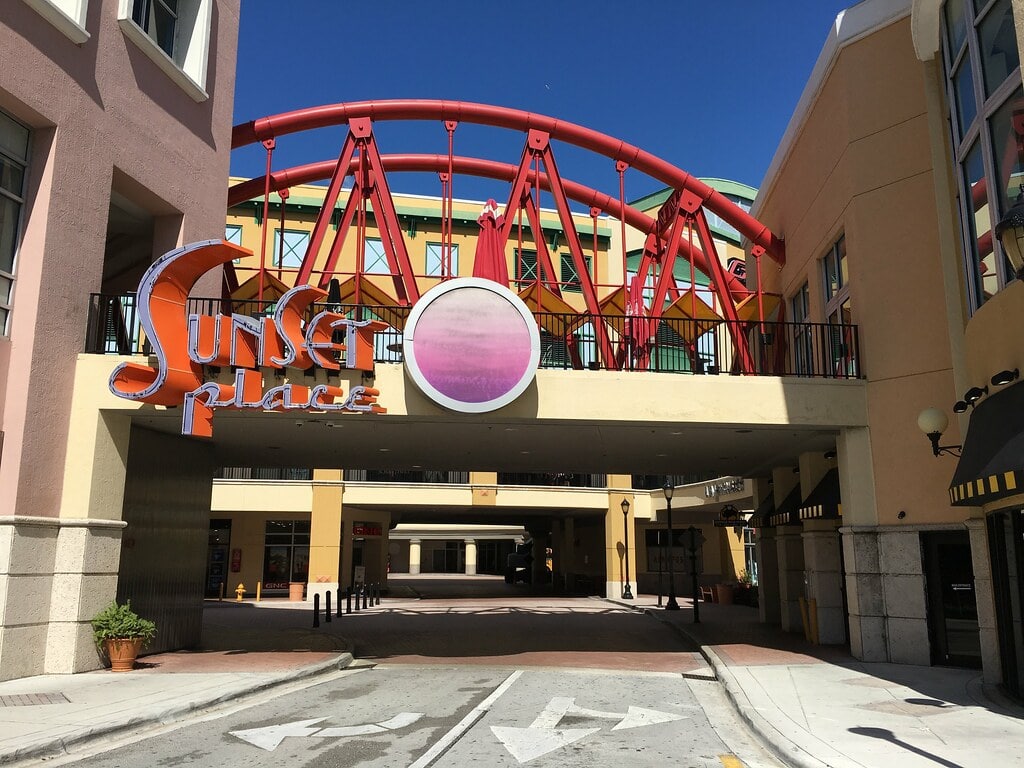
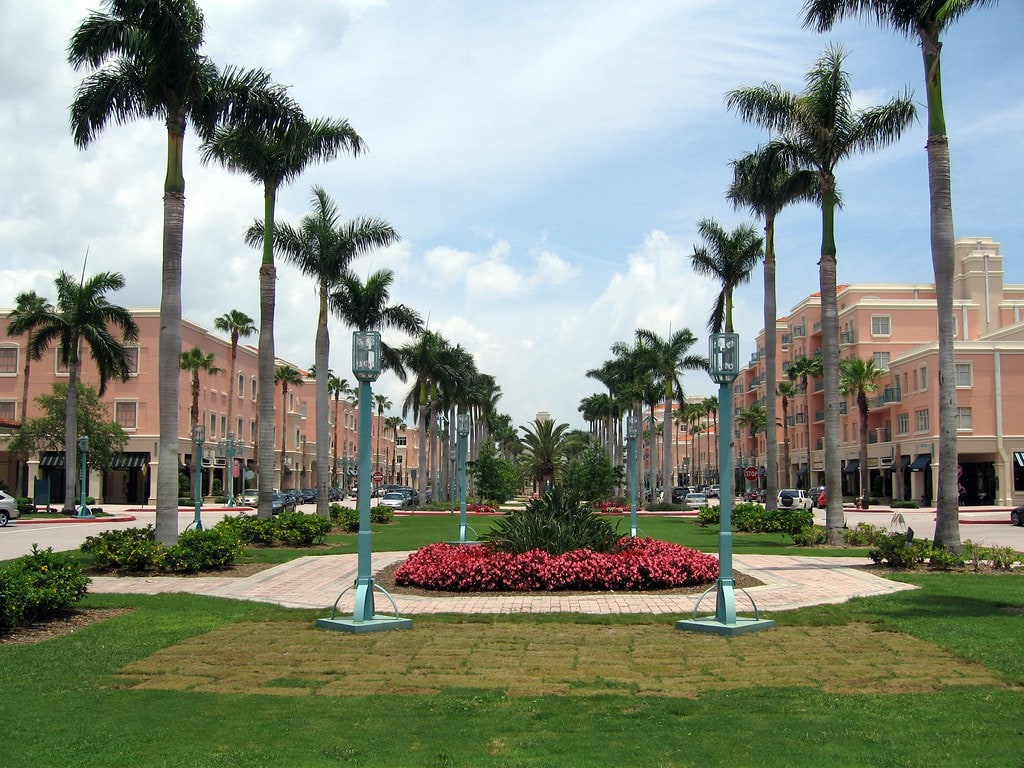
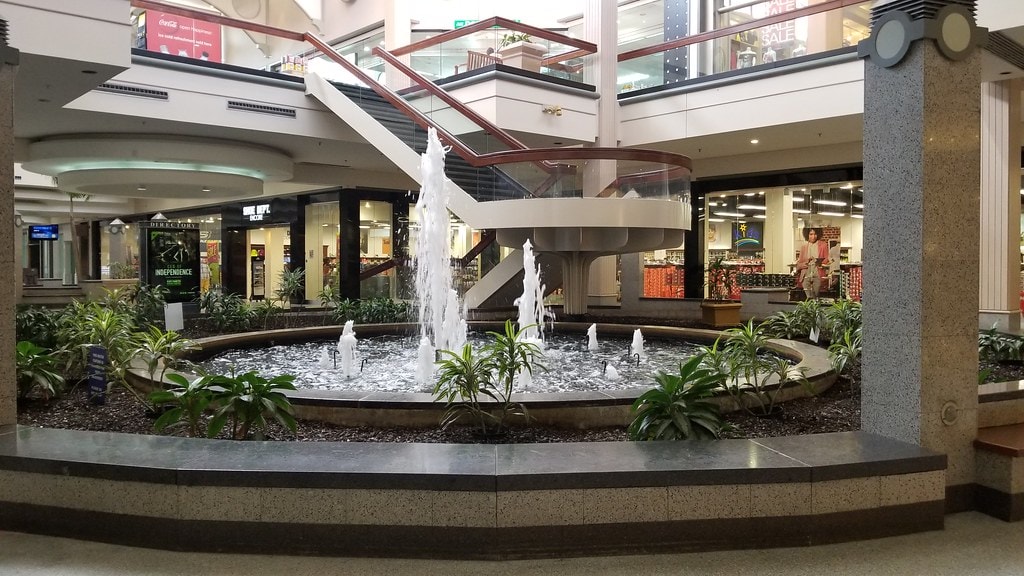
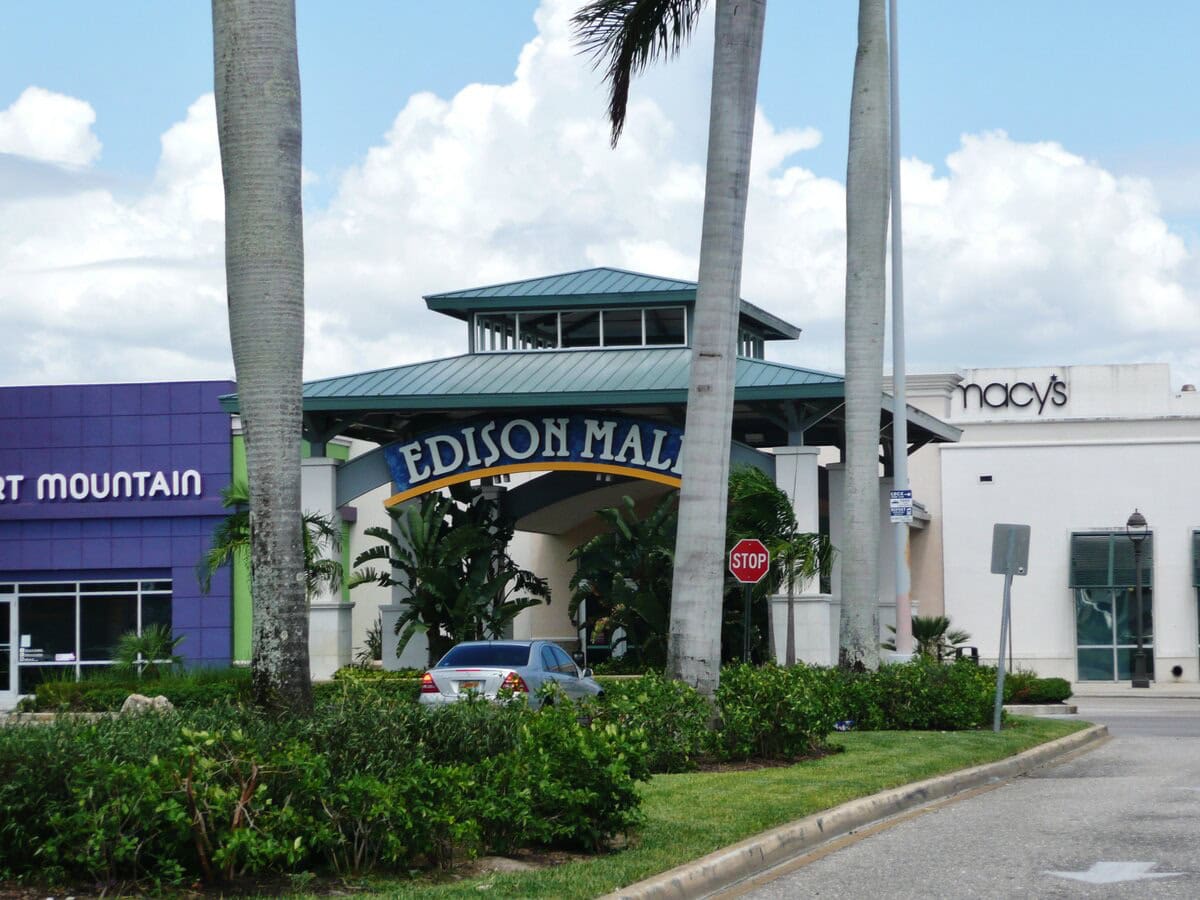
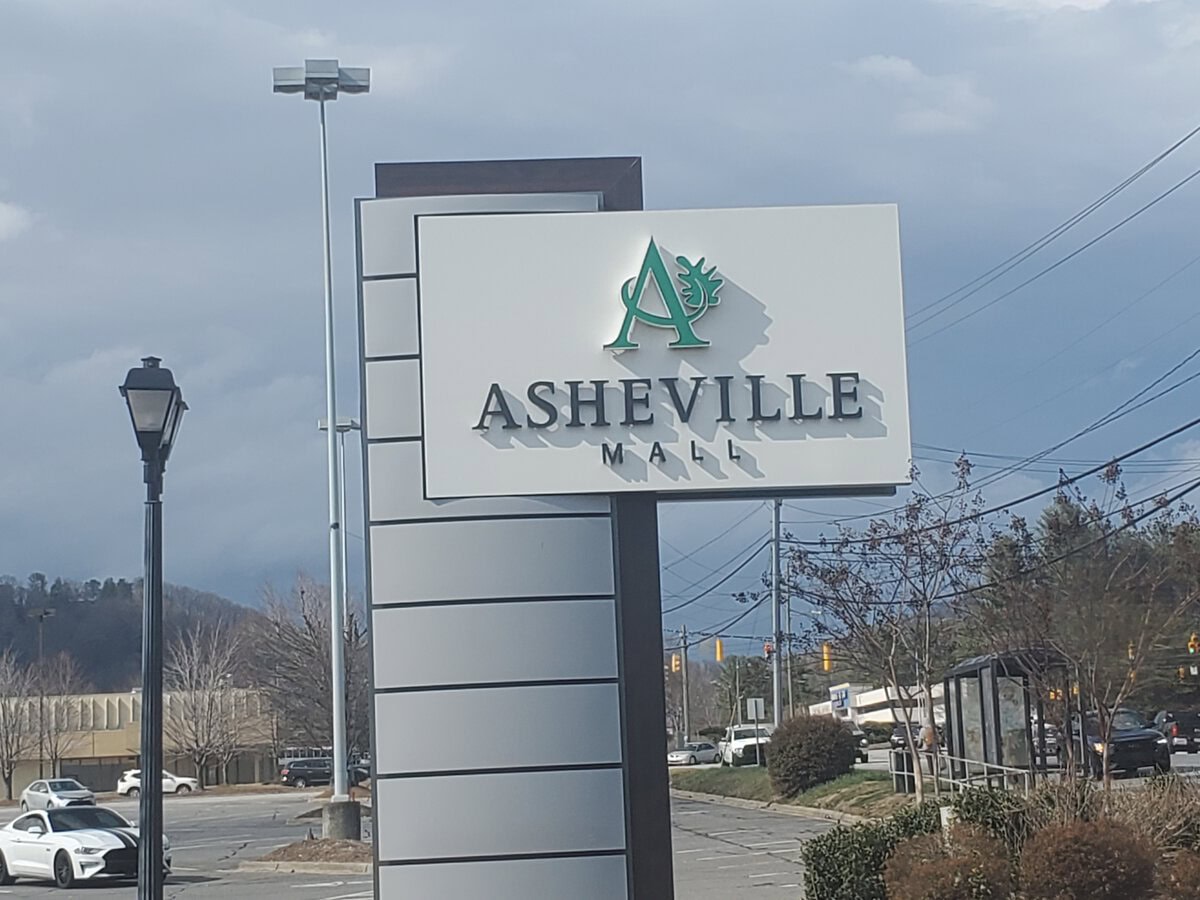
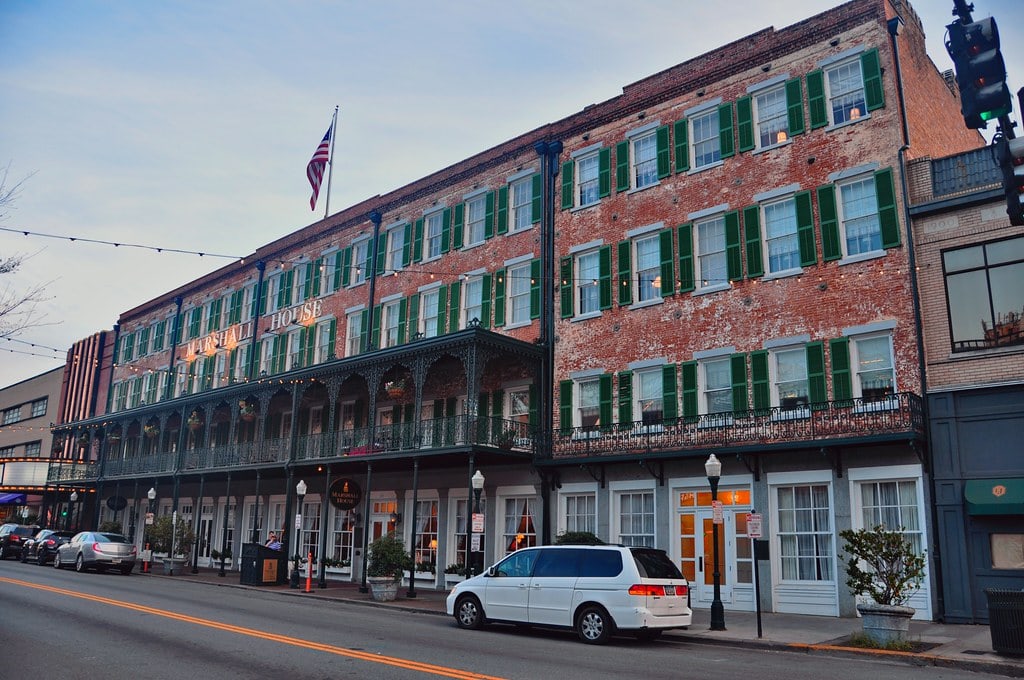
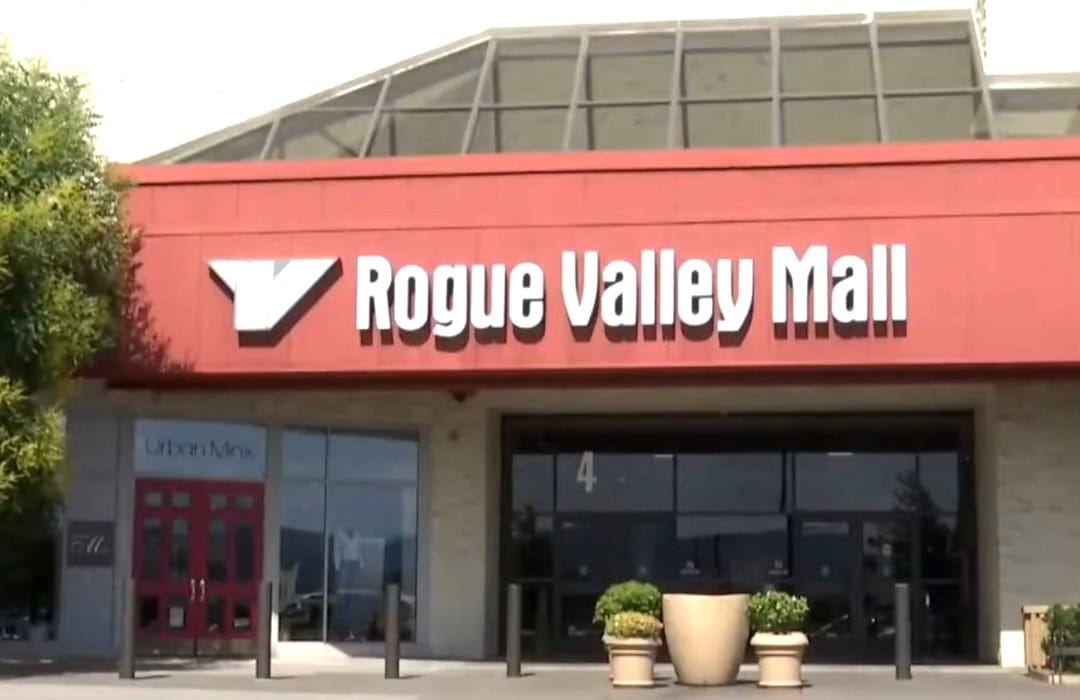
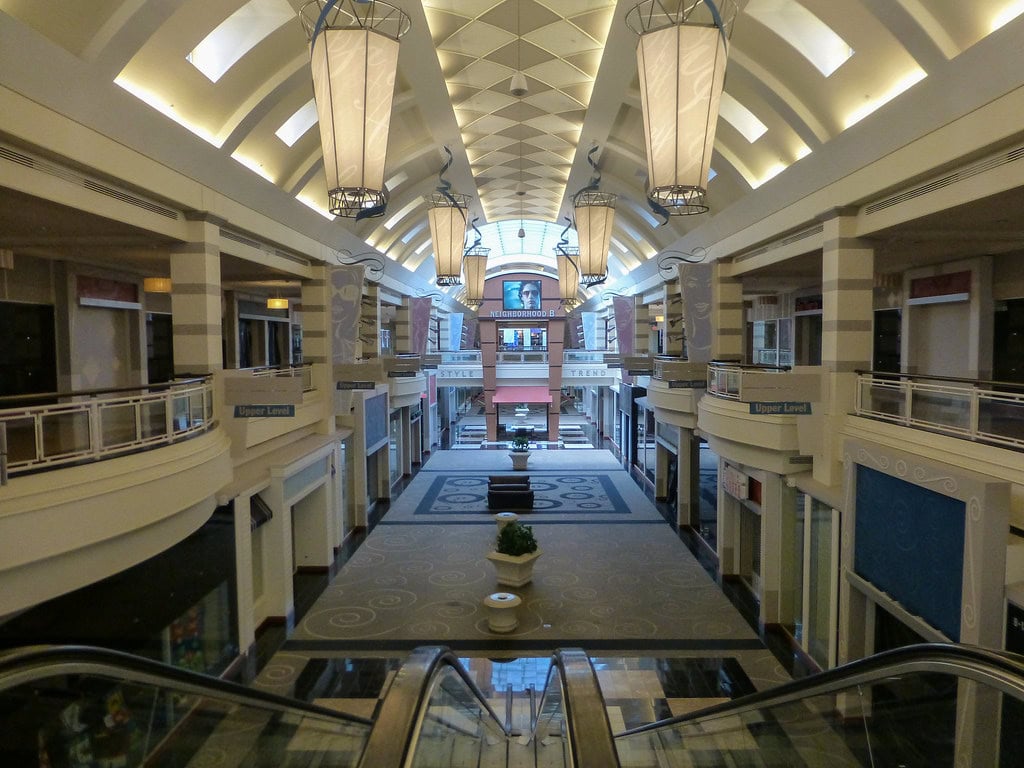
I will say that Belk was never the ideal store for this mall, and made a mistake here by taking over from Parisian (same with Gwinnett Place, and unlike Arbor Place and Town Center at Cobb). Nevertheless, Phipps and Lenox are the gold standard for ATL retailing, alongside Perimeter and Mall of Georgia.
Belk's arrival might've made more sense from a leasing standpoint, but it didn't fit the mall's core clientele. You nailed that distinction.